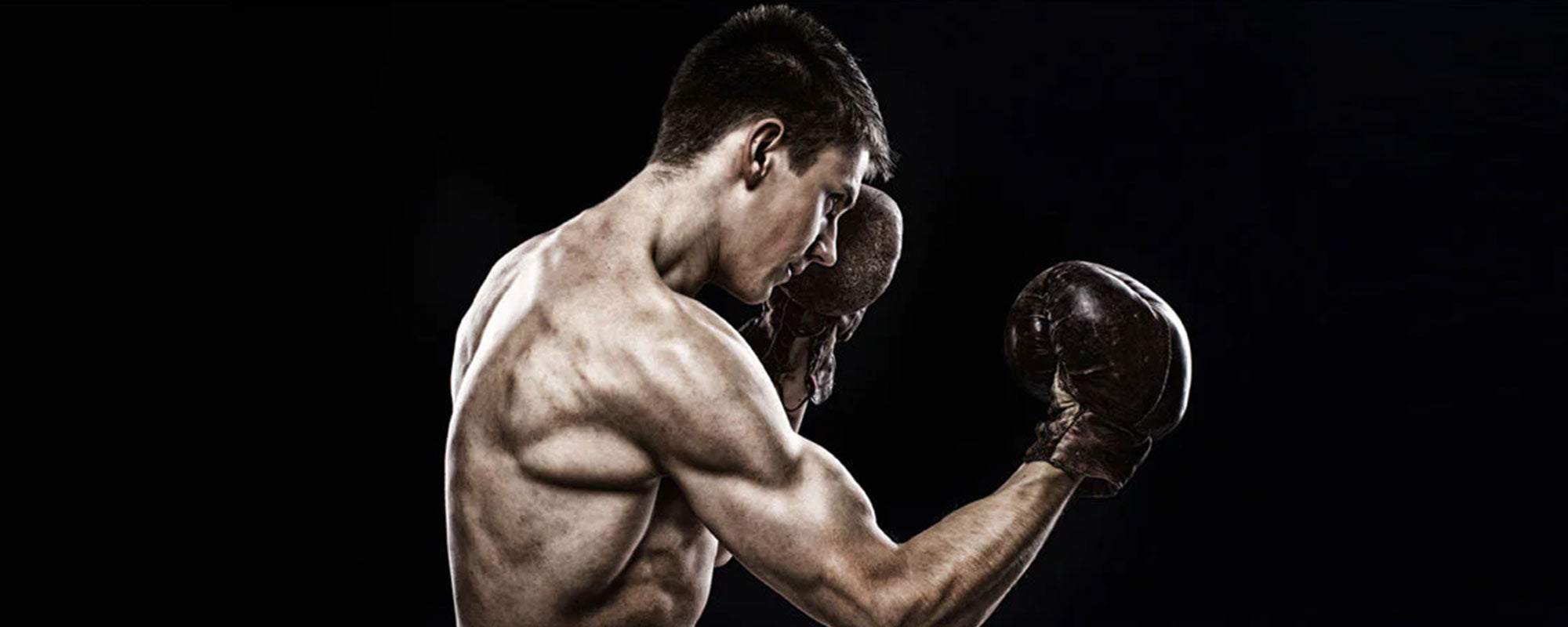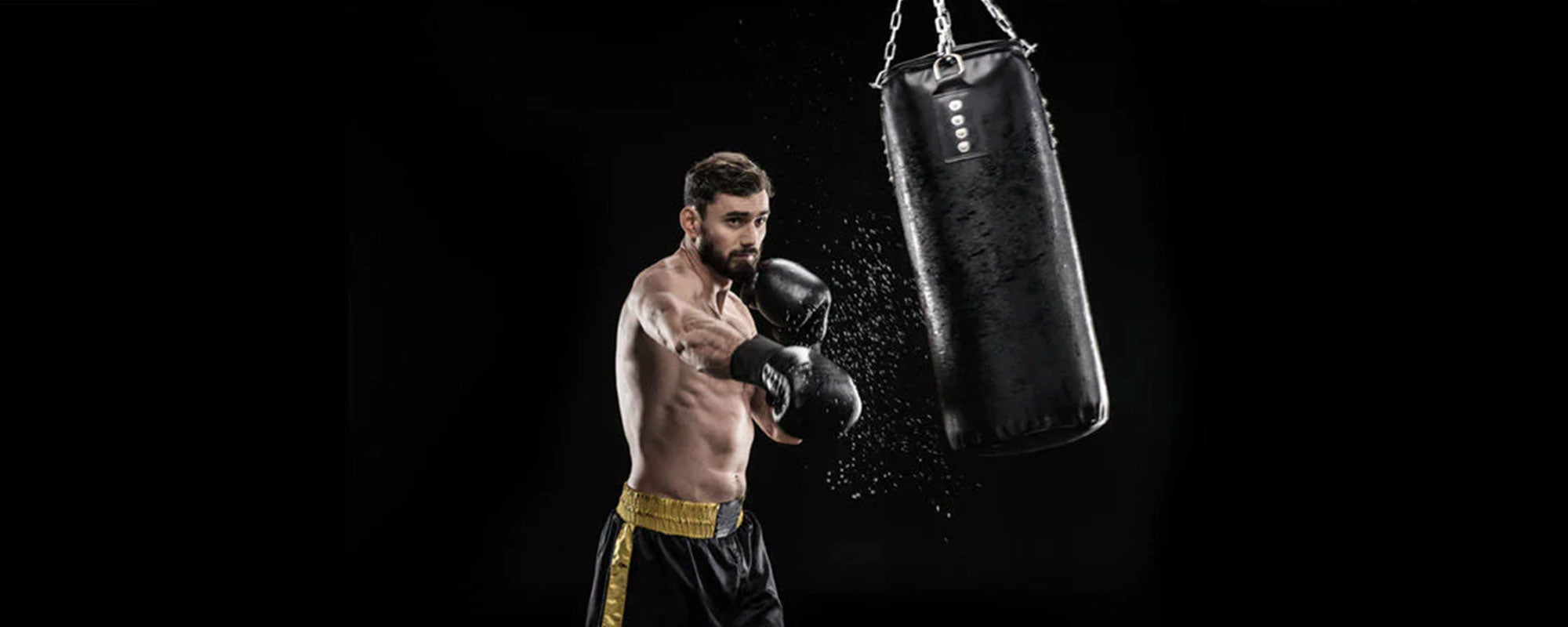Table of content
Keep your hand up! Hold them tight in front of your chin! You might’ve heard your coach giving such a statement If you have ever joined a boxing workout at the gym. Every experienced coach out there knows the importance of defense as they start teaching it to their students at the very beginning.
There are two things on which boxing is based, offense and defense. Building up both techniques is crucial for every boxer. However, if you are stepping into a boxing workout for beginners or you are experienced, things go the same either way.
Keeping your hands up while boxing is a kind of habit that every boxer should develop. Start developing this habit from the very first day of your career because even experienced boxers tend to forget this very basic skill. Most boxers focus too much on offense and forget to work on defense. Eventually, they get tagged with sharp counters and are often left wide open.
Therefore, building a habit of keeping your hands up while boxing is important to your success. Embedding it into your muscle memory is an essential part of your defensive feedback. Let’s have a look at the extremity of a few things you should be considering while playing on the defense, especially in keeping your hands up.
1. The Importance of Keeping Your Hands Up
Most beginners think that the most important part of boxing is to be bigger and stronger than your opponent, which is however the biggest misconception among the new contestants. Delivering the most powerful punch is not all that you need to knock out the competition.
That misunderstanding obscures a pretty clear counterpoint: it doesn't matter how hard you punch if you leave yourself vulnerable to being hit by your opponent. Your punching power doesn’t count the lead if you’re lying on the canvas after getting knocked out.
Whether you do not desire to step into professional boxing but still learn the fundamentals of boxing is vital to everyone. Your basic defensive stance with your hands forms the foundation from where all your punches will originate. Even when you’re performing defensive manoeuvres to dodge punches, including bobbing and weaving, shuffles, and pivoting. It is necessary to keep your hands by your face. Along with the safety of your upper body, that positioning will allow you to efficiently, quickly, and powerfully deliver a punch when you complete those defensive movements.
Just because if you are not intended to spar with your partner, that doesn’t mean it’s not essential to learn the proper fundamentals of boxing. Although, if you are doing a boxing workout at home and trying to get the maximum benefits of boxing by performing shadowboxing, maintain the stance whatever routine you choose.
2. How to Practice to Keep Your Hands Up While Boxing
Elite Sports is sharing five ideas on how to keep your hands up and maintain solid defense when boxing today.
2.1. Be Mentally Aware
The ability to maintain a constant level of mental awareness is maybe the most critical aspect of defense. If you have quick reflexes, you may rely on them to help you acquire defensive abilities that will keep you safe. Mental awareness, on the other hand, is a state of mind in which repetitive activities are maintained. It's critical to maintain a strong defense and keep your hands up.
Maintaining mental awareness is one technique to do so. Spending time improving your breathing methods, completing yoga exercises, or even meditation can help you achieve this. Because boxing is as much a mental game as it is a physical one, it is critical to exercise both your head and your body.
You lessen the chance of becoming vulnerable to your opponent's offense by being defensive in the ring. It's worth noting, though, that being overly protective is counterproductive. The goal should be to strike a decent balance between offense and defense.
As they say in boxing, "protect yourself at all times," and getting this right is the first step toward a sound defense.
2.2. Practice Flinch After Offense
After unloading your offensive, you must immediately return to defense, just like any successful basketball player. This is accomplished in boxing by flinching your punching hand back into its glove protector as soon as you finish punching.
You are exposed to a counter for a split second after firing a powerful punch. It's critical to quickly flinch your hand to return to defense. The faster you can retract your punching hand and get back into position when your opponent retaliates, the better your defense will be.
You can practice a snapping punch effect, which could come in handy in the future. The goal is to throw your punches quickly and powerfully, but with a snap at the conclusion of each one so you can immediately back on defense. These blows aren't as forceful as punching through the target, but they're nonetheless effective and provide a significant defensive advantage.
2.3. Maintain a clear line of sight, even when using a glove guard
It's critical to keep a clear line of sight through the glove guard. Beginners frequently make the error of raising the glove protection too high, obstructing their eyesight. This exposes them to counter-attacks and provides a channel for their opponents to land clean shots. It doesn't matter if you go straight through the middle, split the glove guard, or go around the sides.
You can focus on what your opponent is doing without jeopardizing your defense by maintaining a line of sight. Furthermore, you will be able to predict what your opponent will throw next. On defense, having a clear line of sight is crucial.
On the other hand, your offensive purpose is to break the line of sight and assault your opponent from different angles. As a result, they're vulnerable to being hit by a powerful blow they won't see coming.
2.4. Manoeuvre Your Elbows and Forearms
Make full use of all of your resources. On defense, your forearms and elbows are just as important as your gloves and hands. Great defensive fighters know how to make use of every defensive option at their disposal.
Ghanian champion Joshua Clottey, for example, makes excellent use of his forearms and elbows and is one of the most difficult guys to hit in the sport's history.
At the same time, welterweight legend Floyd Mayweather Jr. was a master at defending his Philly Shell with his broad and thick shoulders. Mayweather could parry and pick off his opponents' shots without ever touching his hands, instead of utilizing every inch of his upper torso, thanks to the wildly popular shoulder roll. It's what made him a defensive mastermind.
Make an effort to use your body as effectively as the best defensive boxers in history. Diversify your defensive strategies just like you would your offensive ones. Above everything, keep your hands raised!
2.5. Block and Parry
Last but not least, basic defensive skills like blocking and parrying should not be overlooked.
Blocking punches should remain to be your top goal on defense, regardless of how good your reflexes are. It's the first defensive manoeuvre you'll learn and master, and it should be a common item in your arsenal.
The ability to parry is also a little more complicated than simple blocking. Parrying is crucial because it provides you with counter possibilities. When you successfully parry an opponent's shot, he is defenseless for up to a second – just long enough for you to capitalize.
When you learn how to parry well, you'll be astonished at how many opportunities you'll have to create openings for devastating power shots.
3. Takeaway
Every boxer should cultivate the habit of keeping their hands up when boxing. Start practicing this habit from the beginning of your career, because even seasoned boxers tend to lose this fundamental technique. It is crucial to develop the habit of keeping your hands up while boxing.










Leave a comment
This site is protected by hCaptcha and the hCaptcha Privacy Policy and Terms of Service apply.